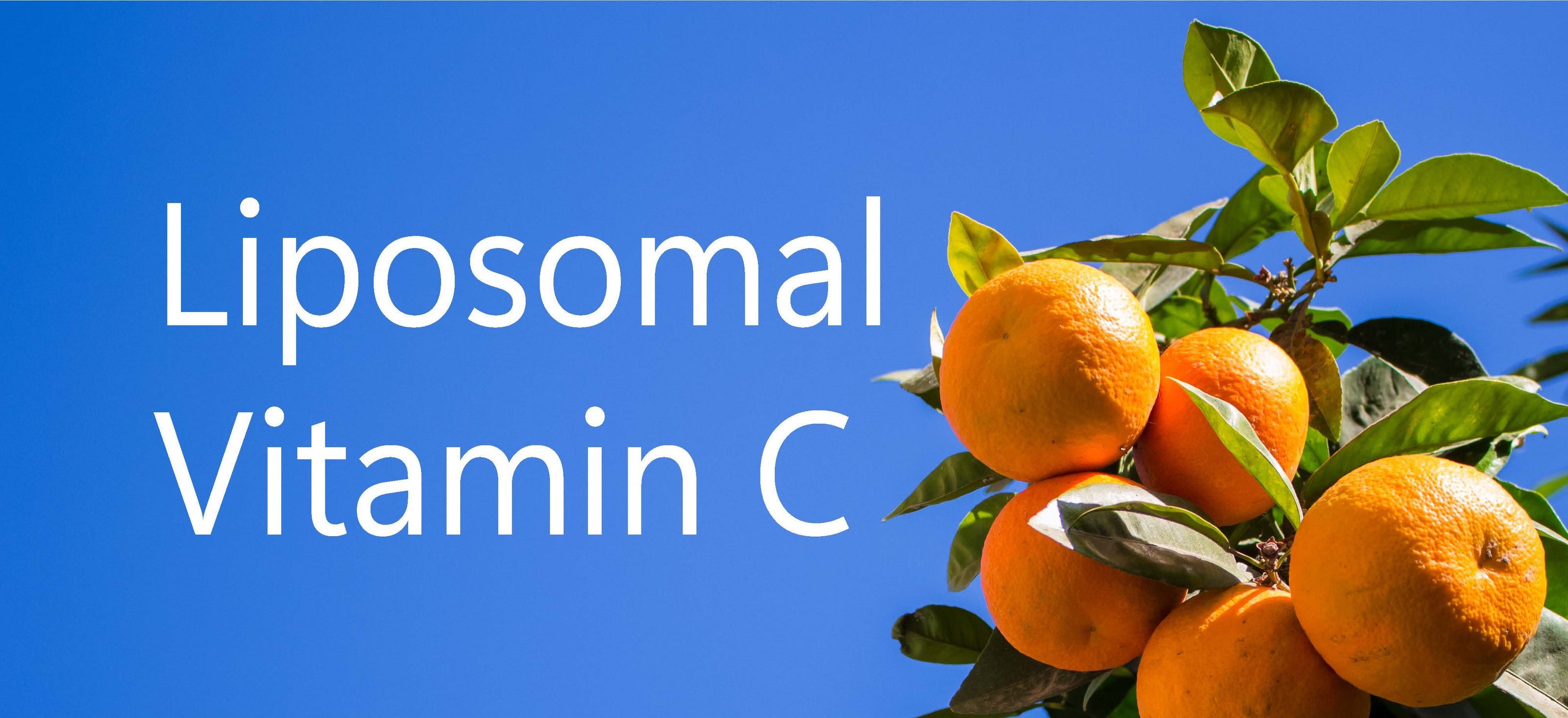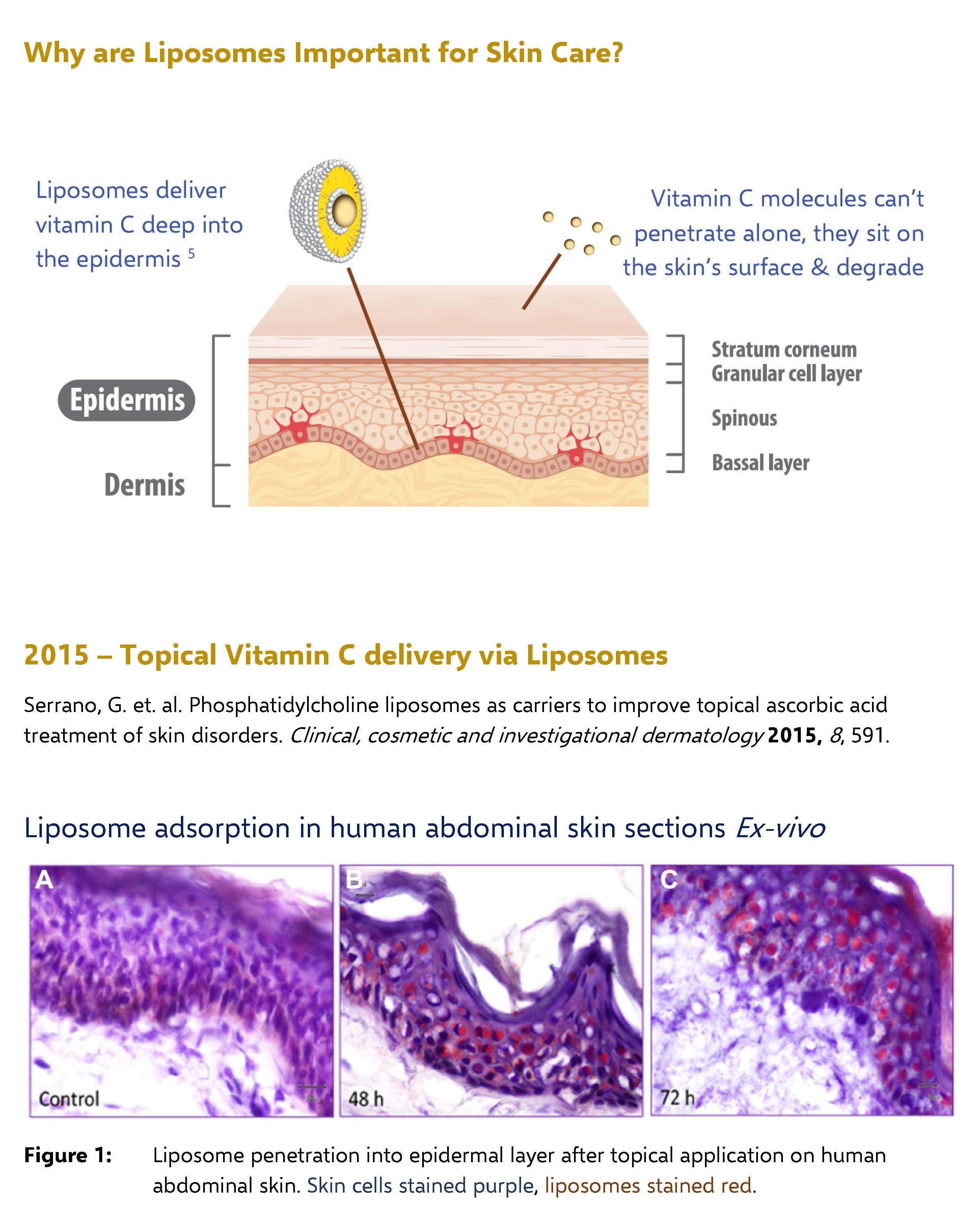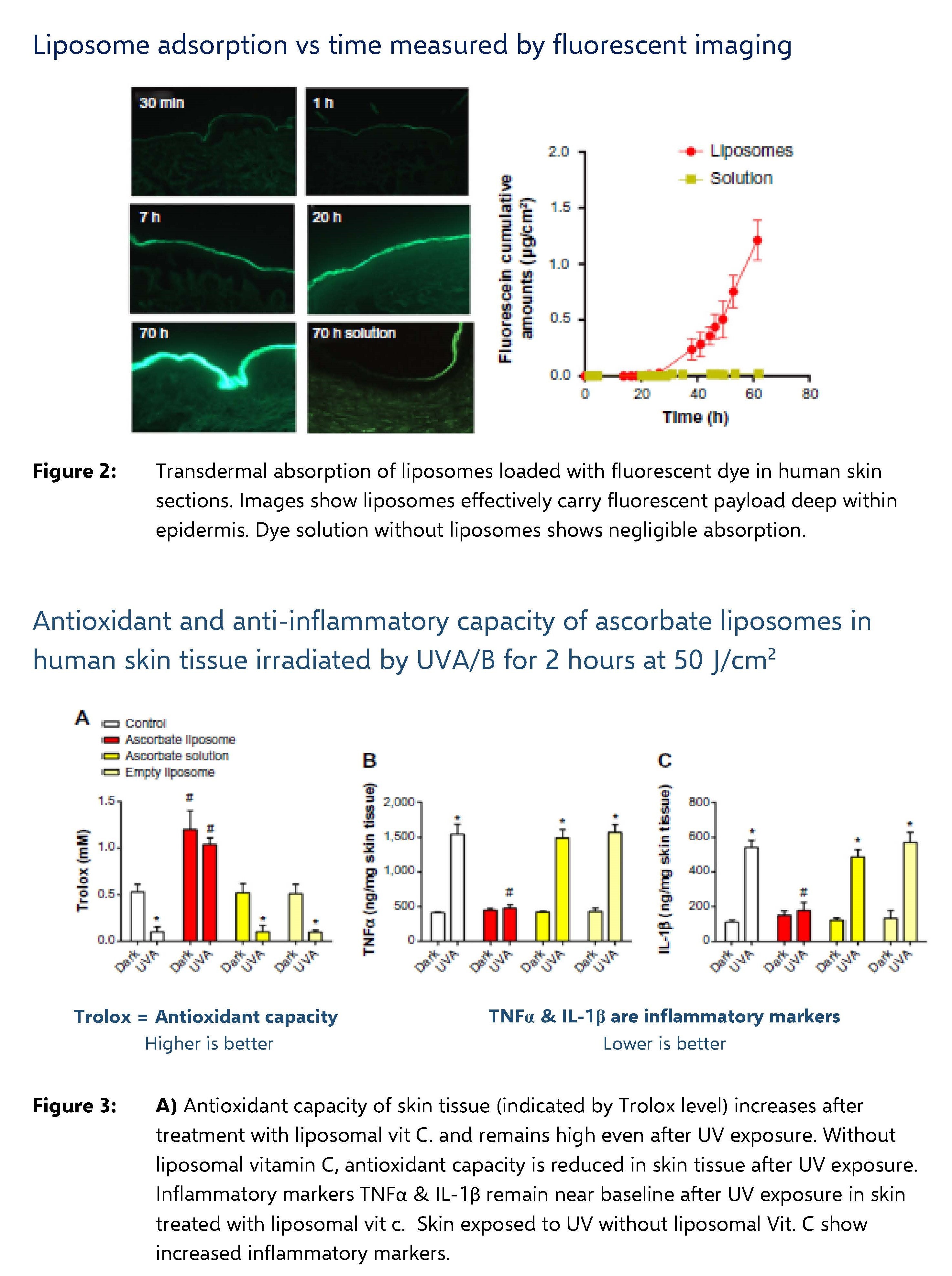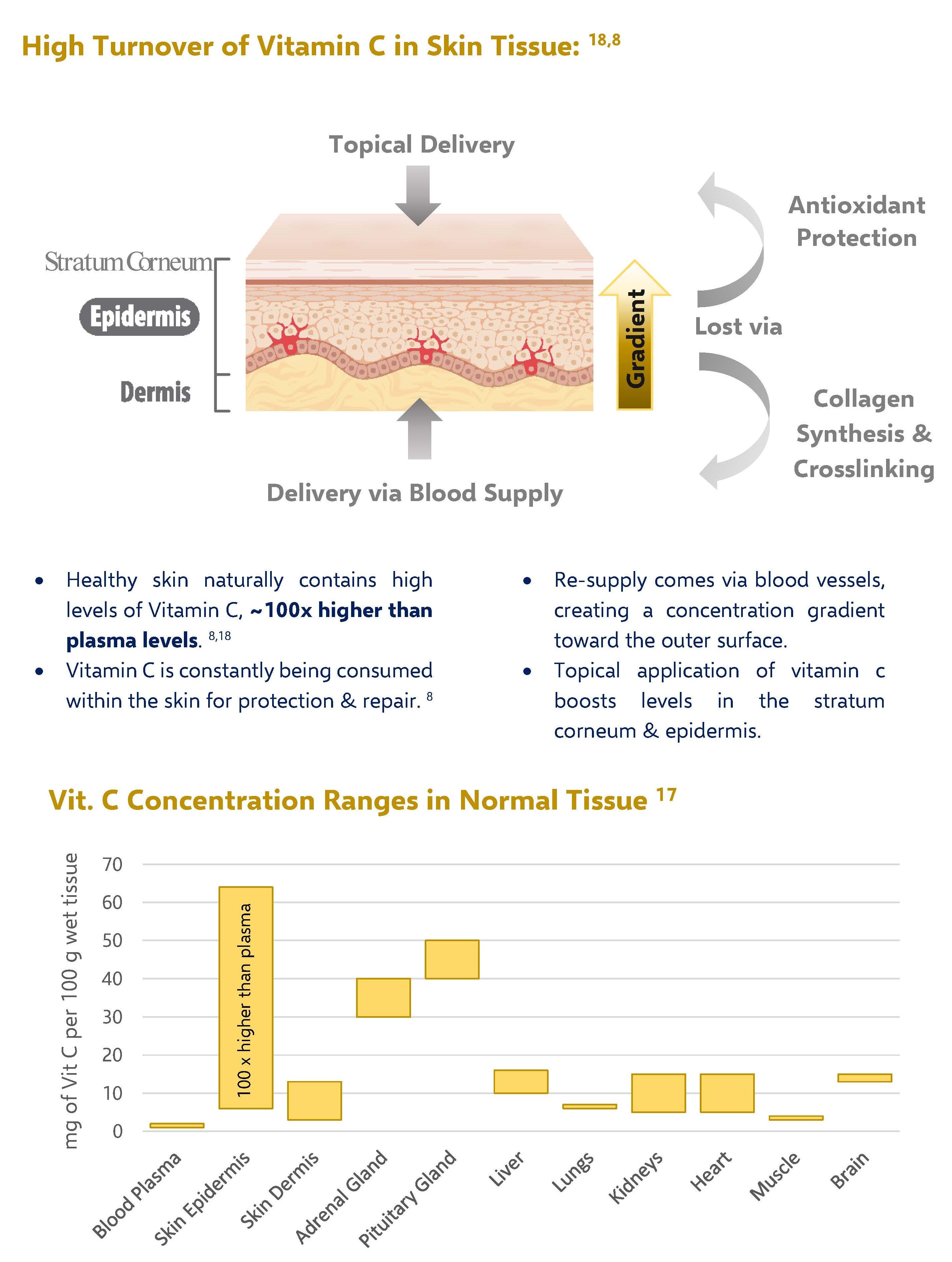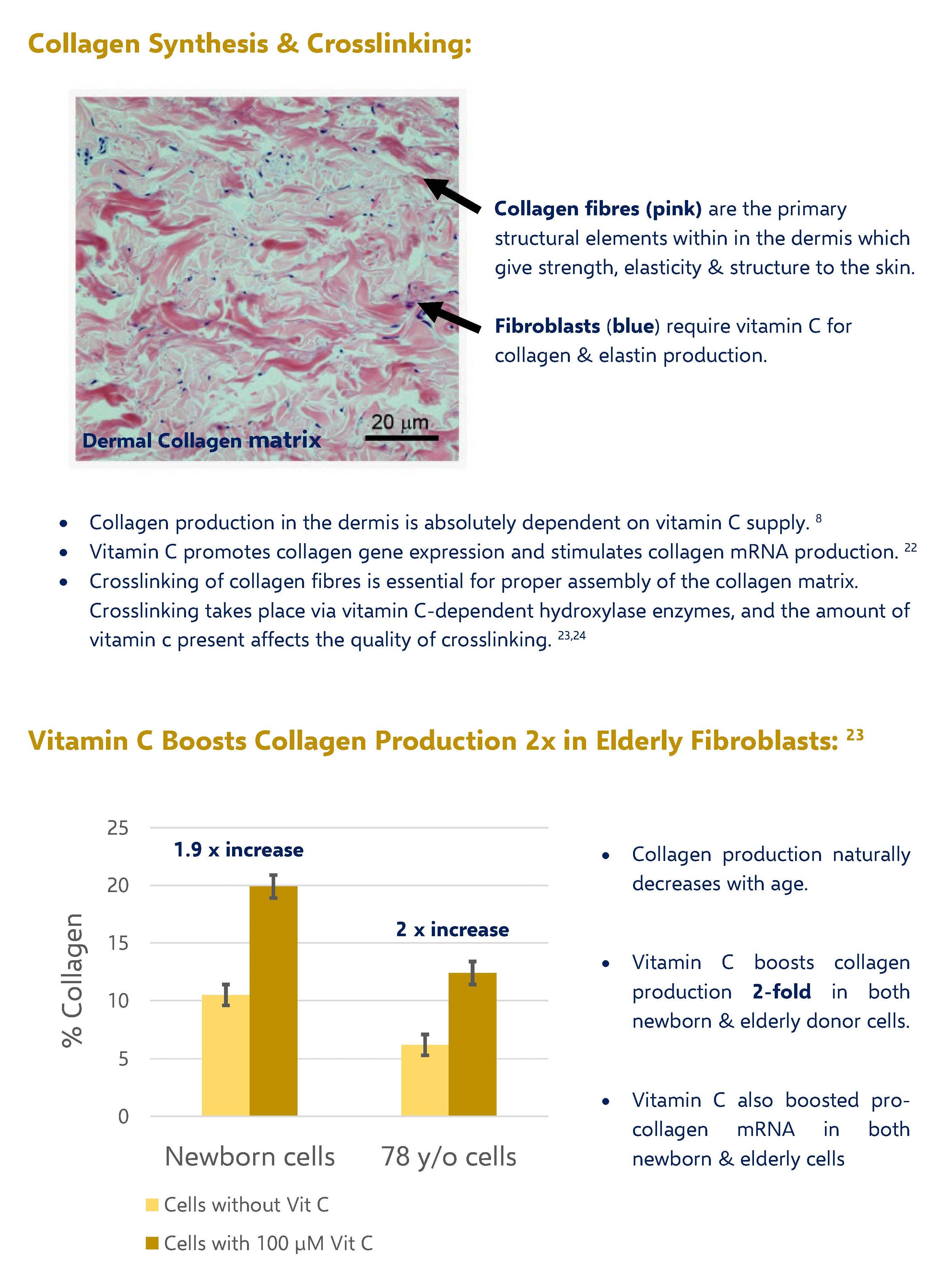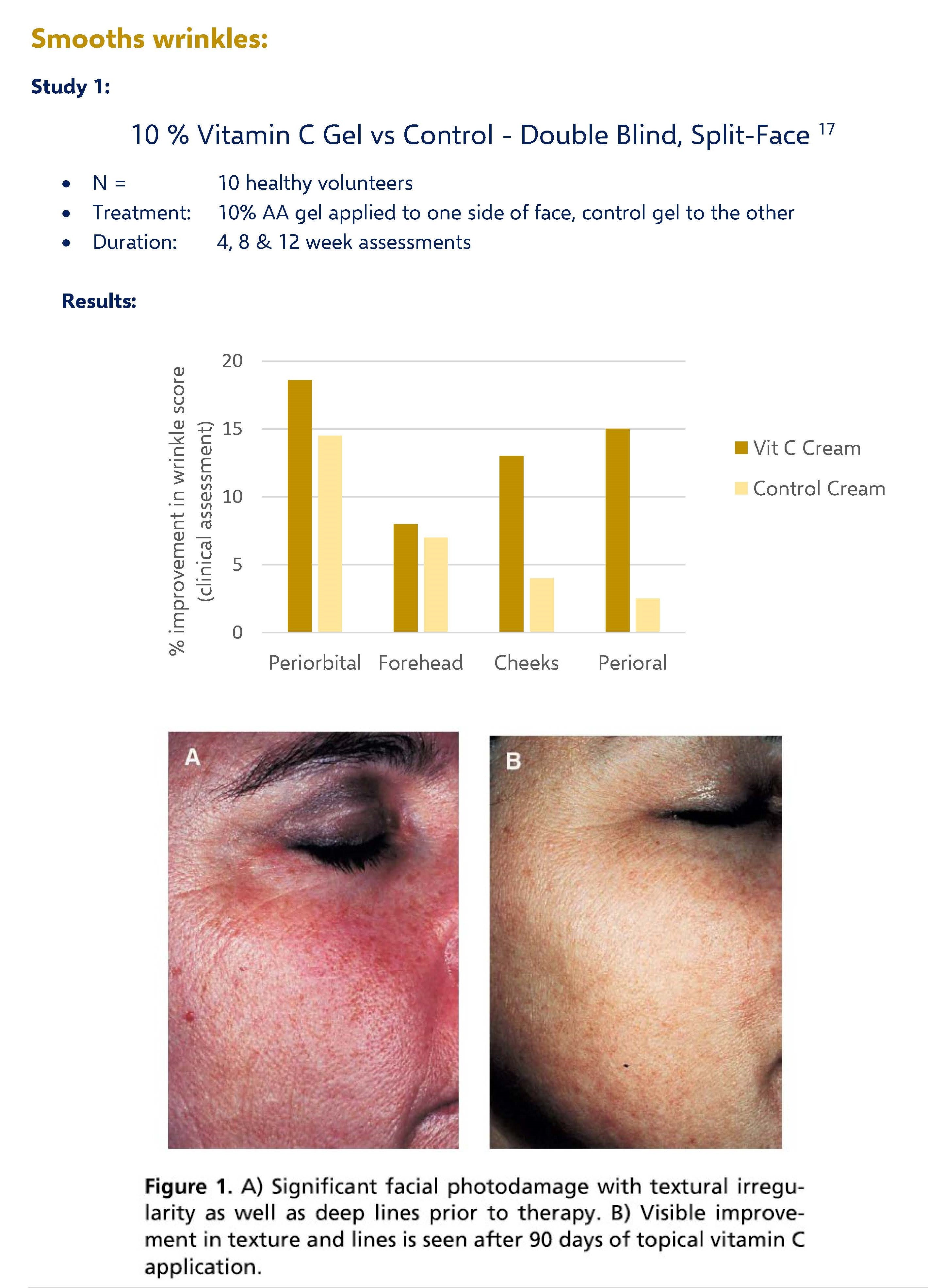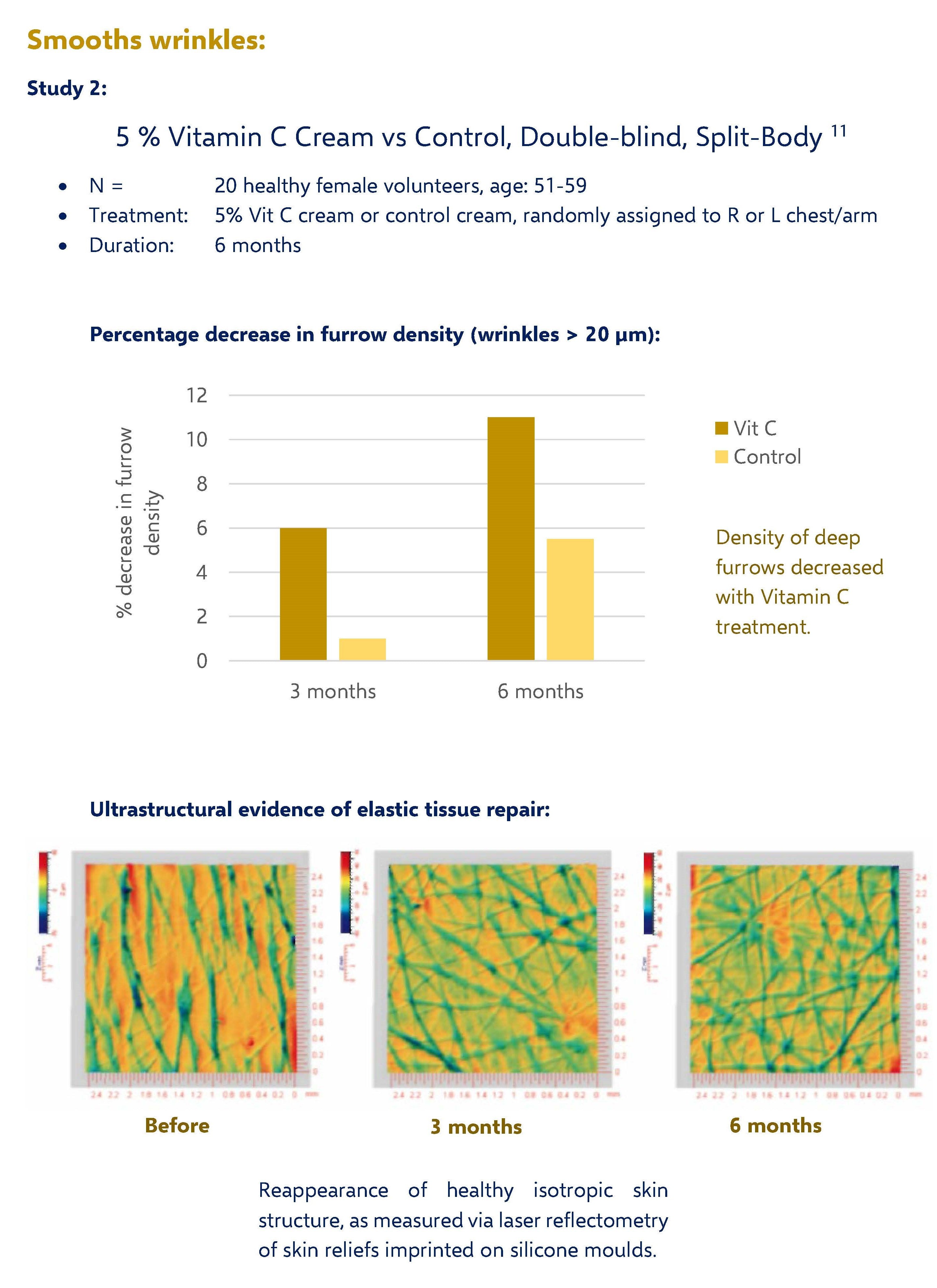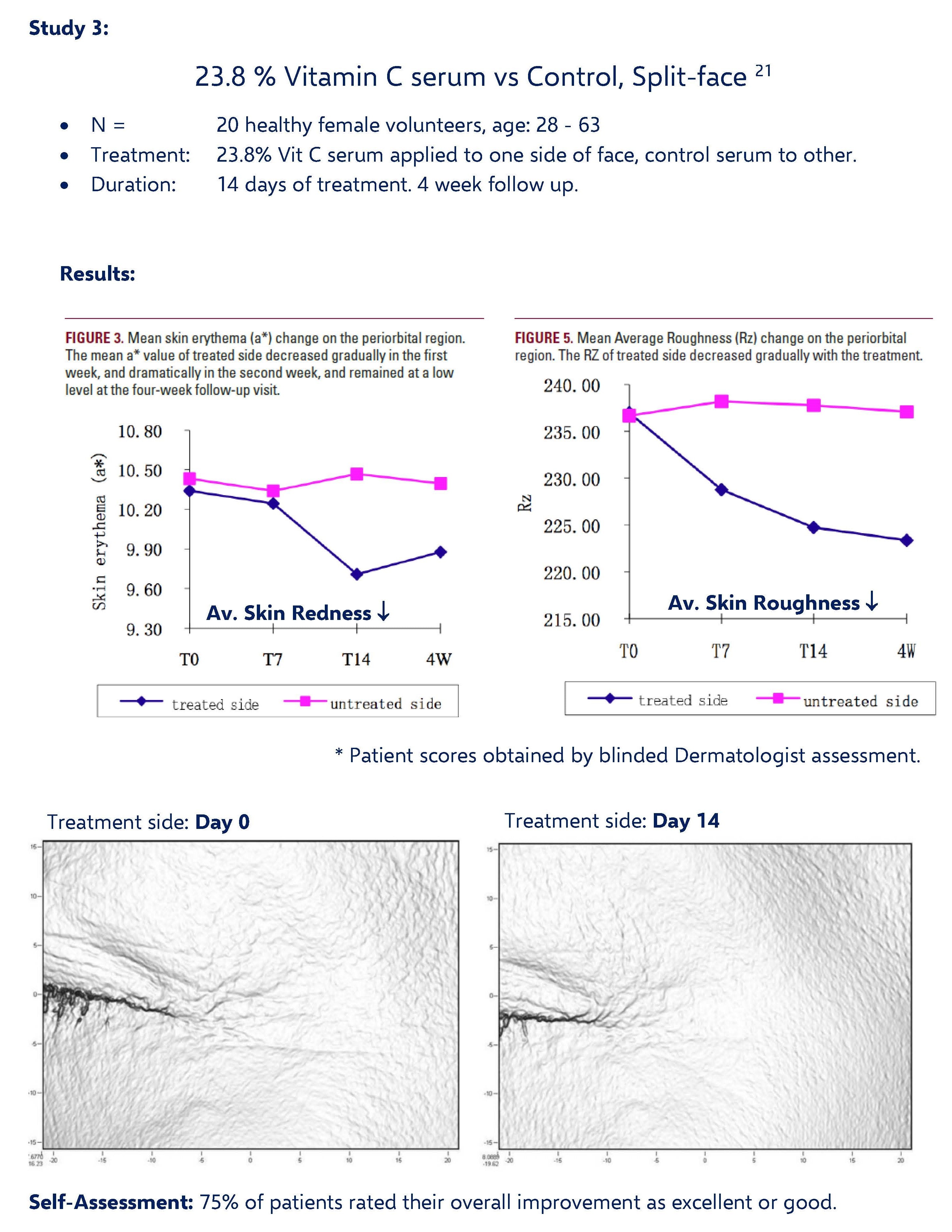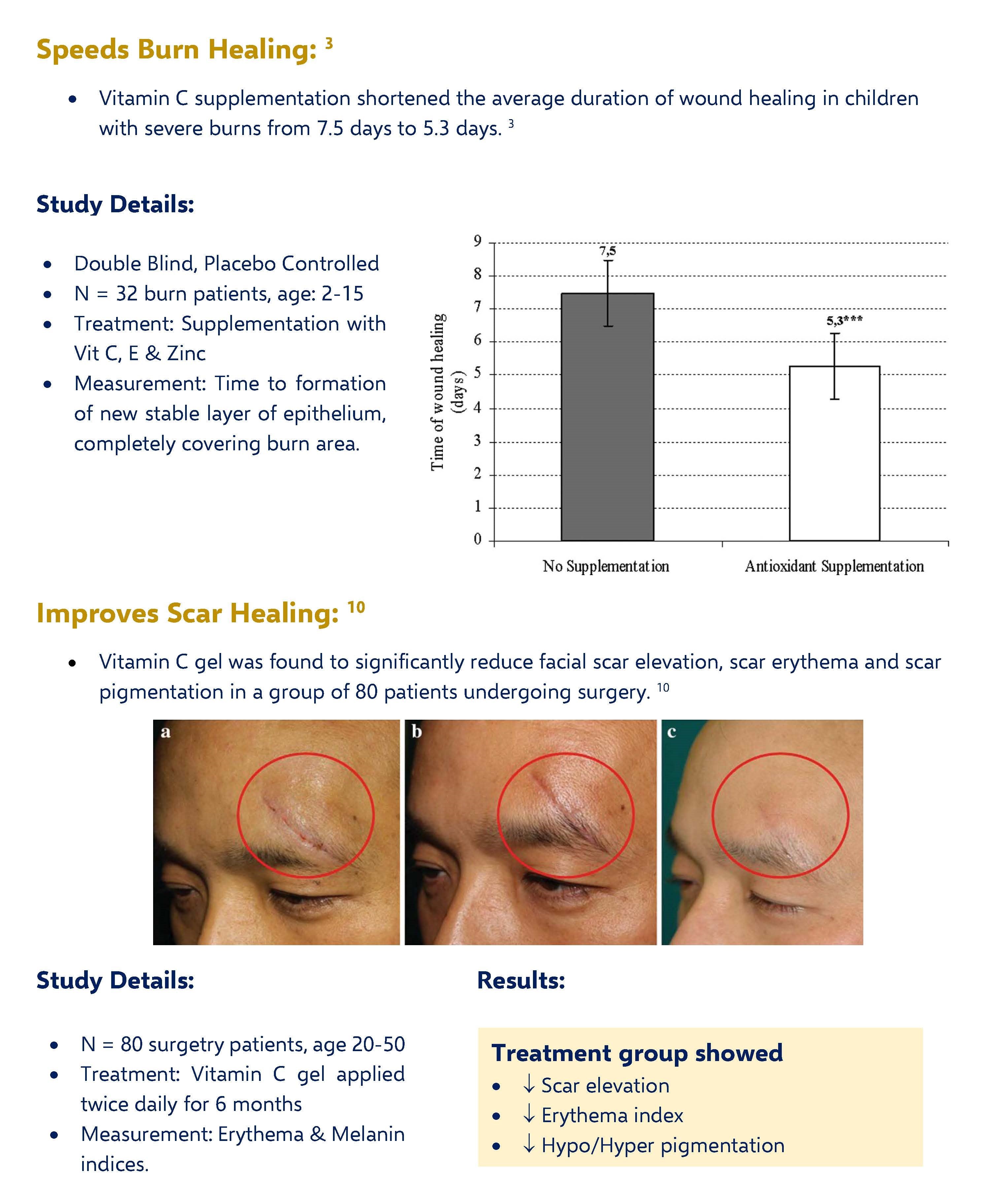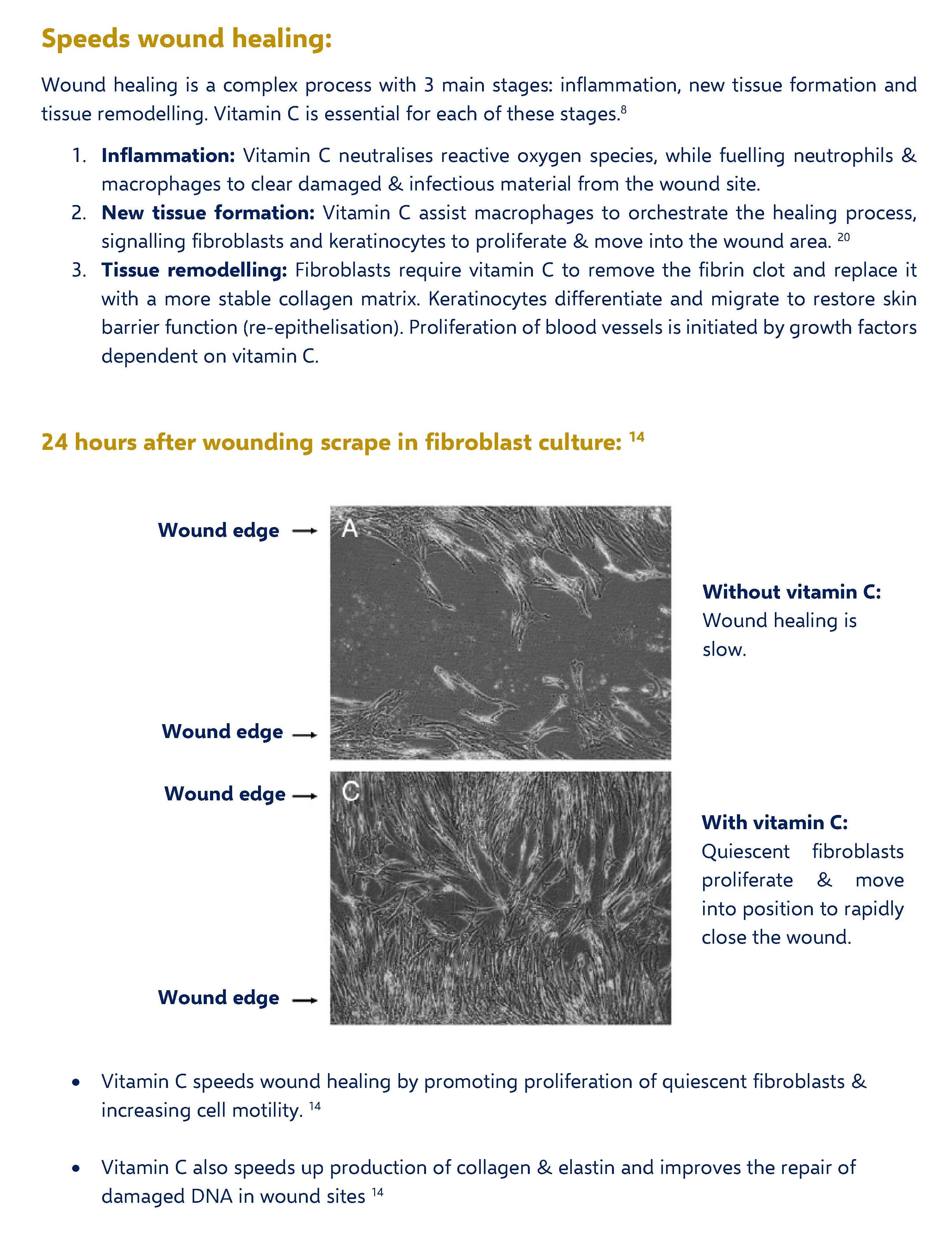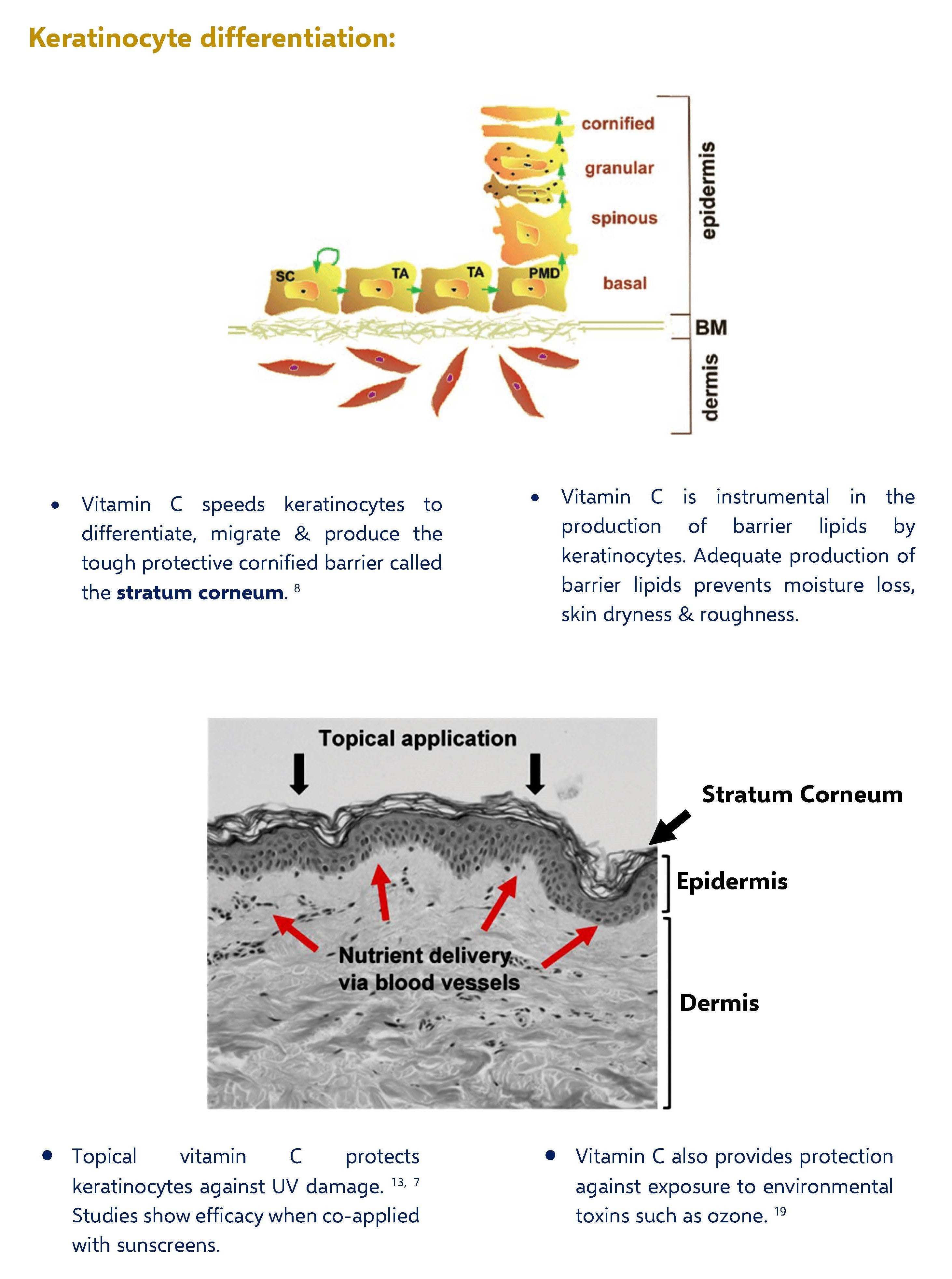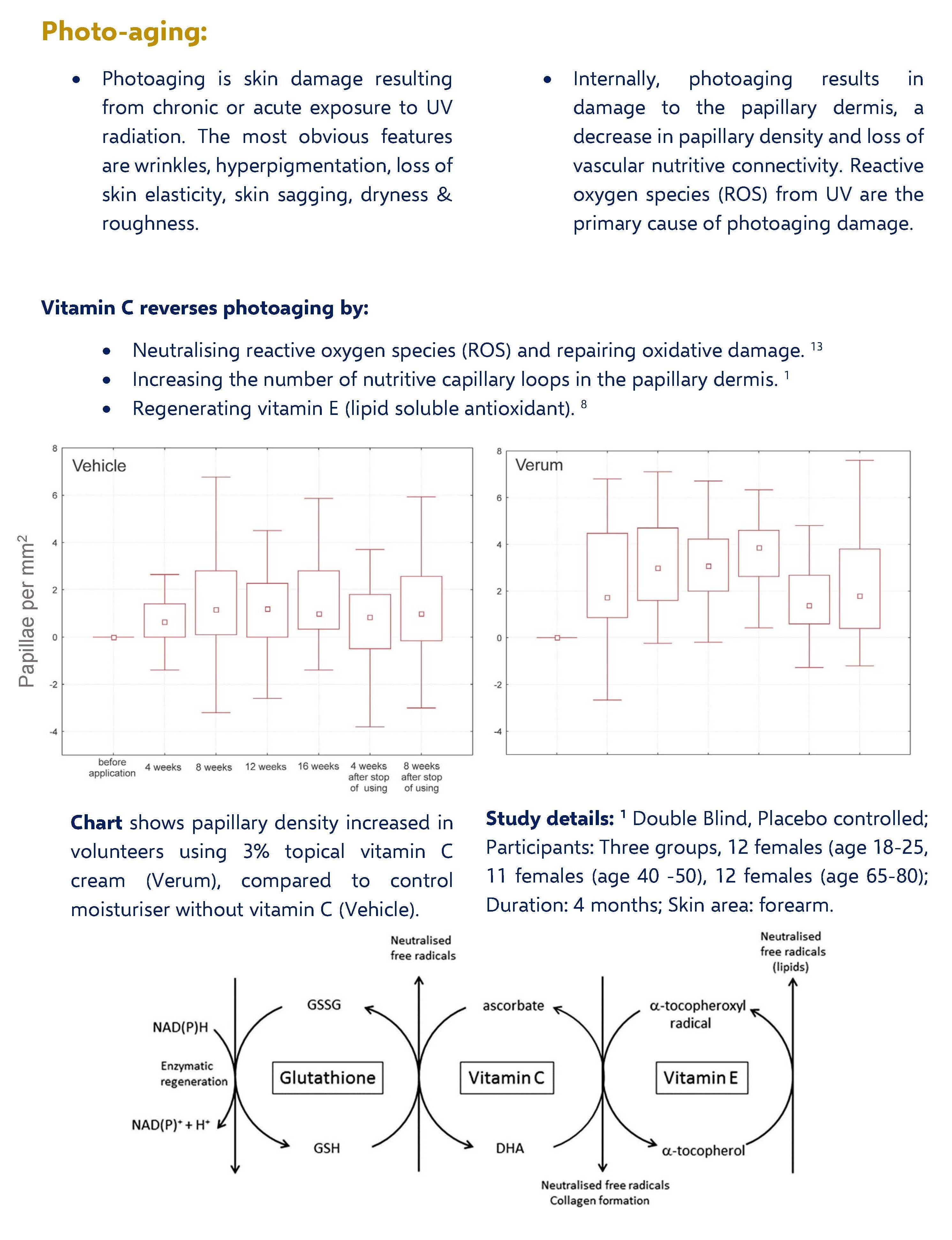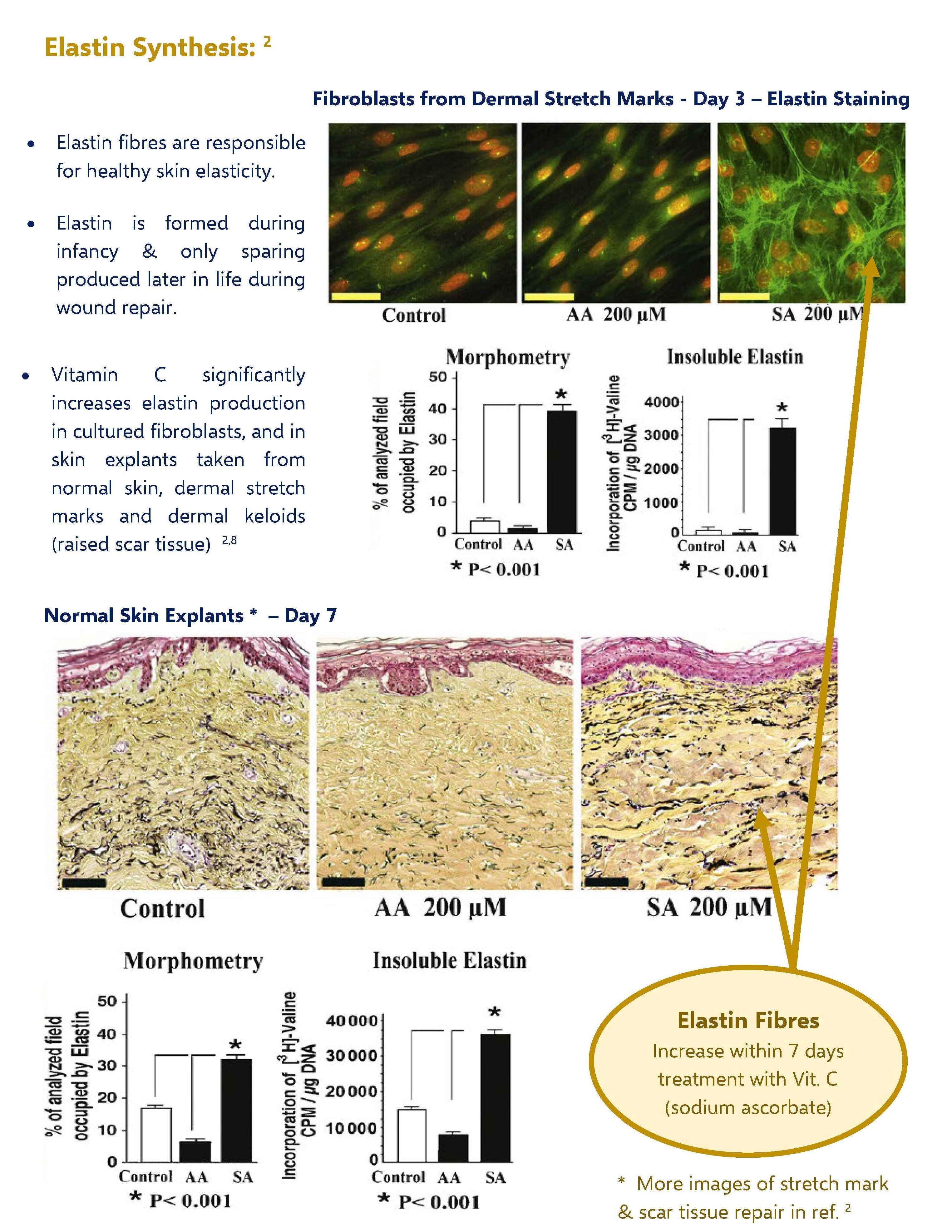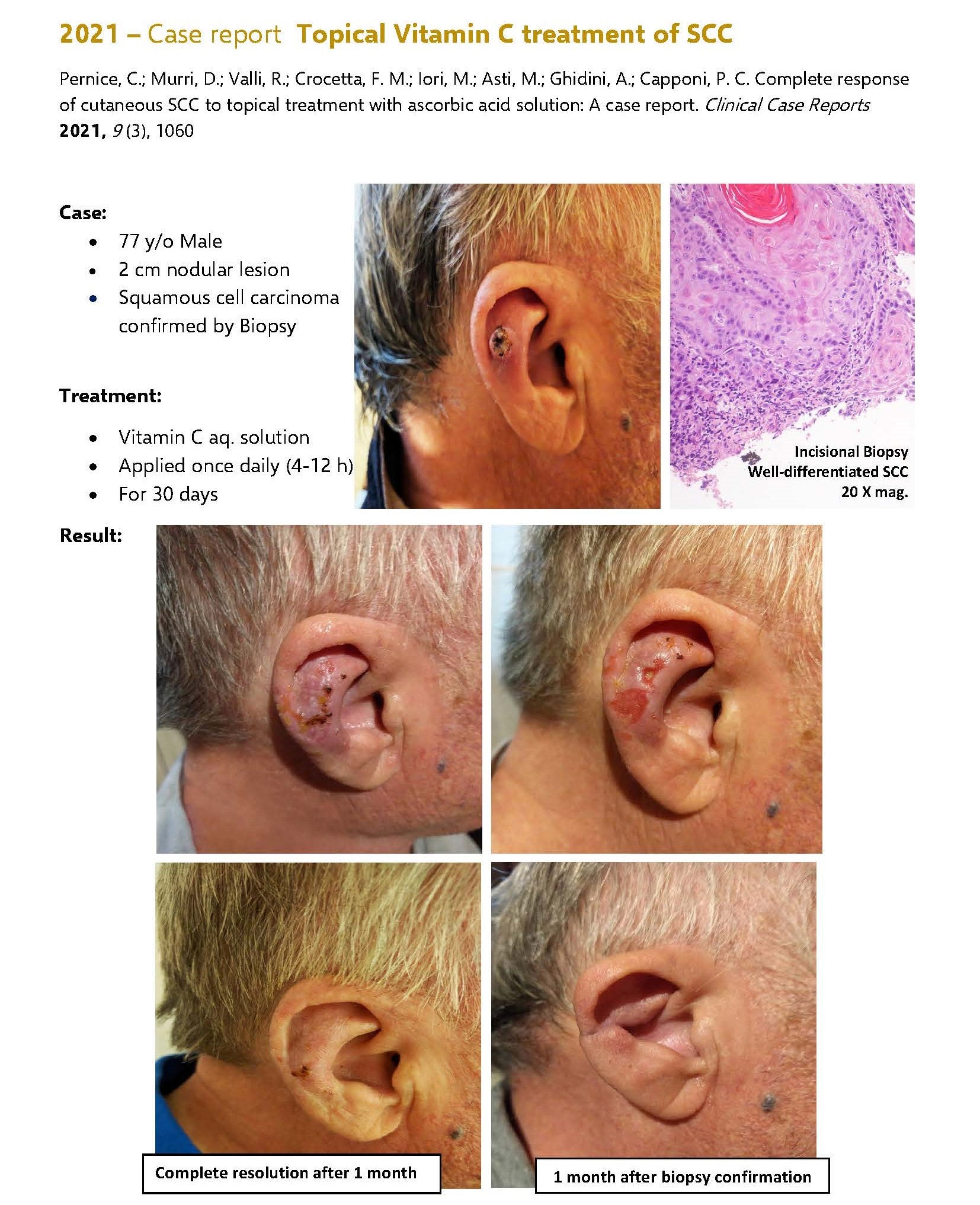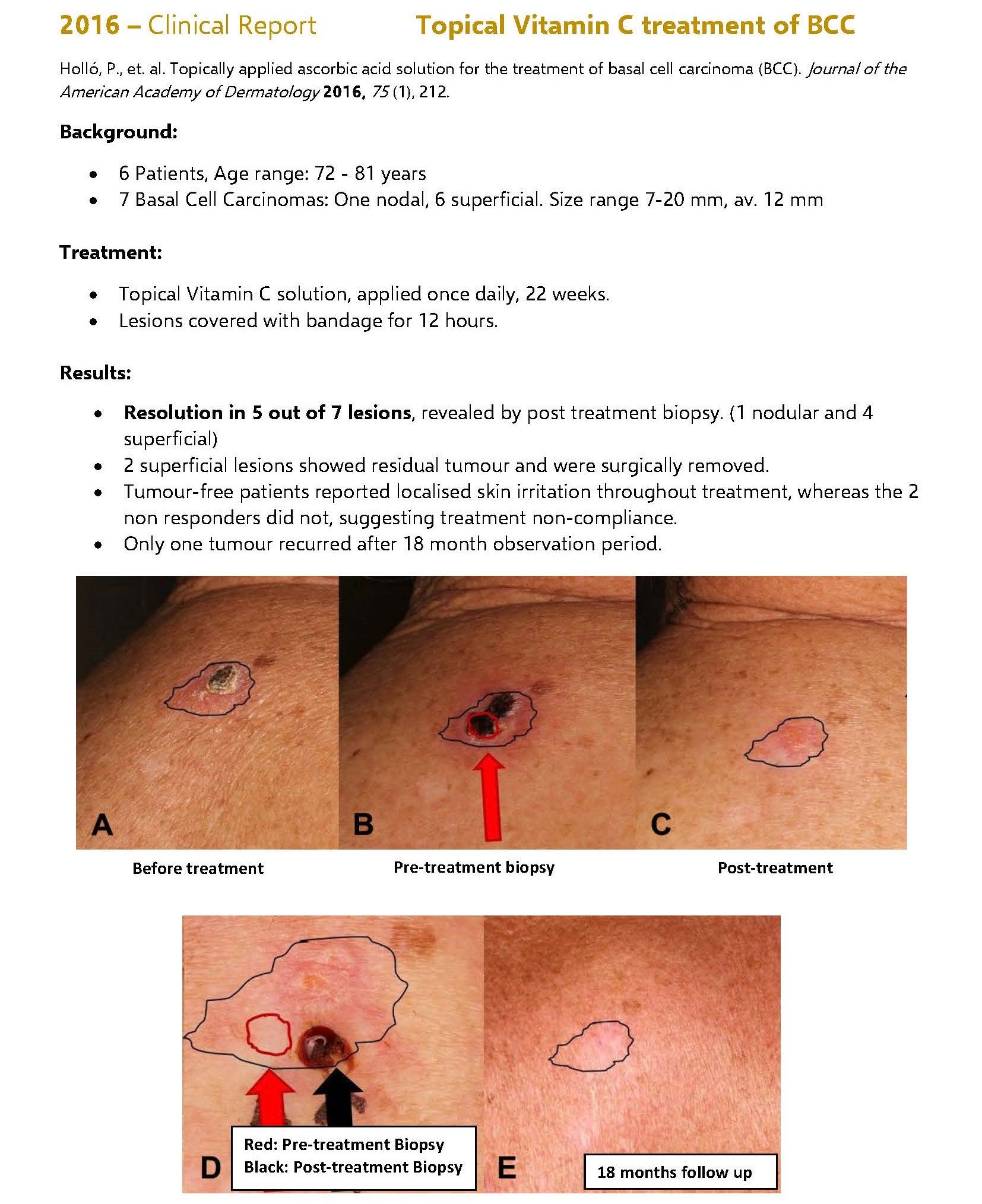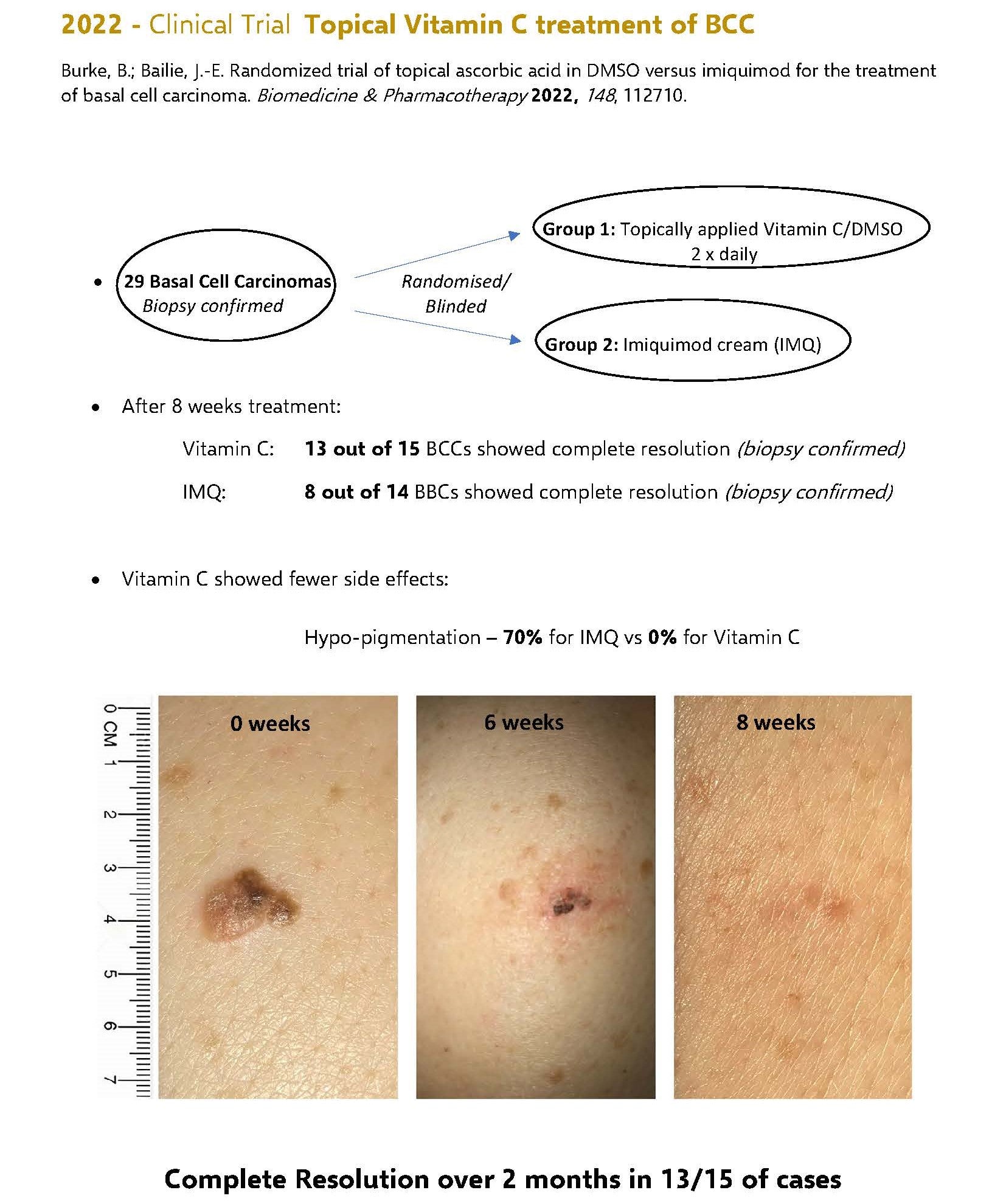The importance of Vitamin C & the efficacy of liposomal application has been studied extensively - providing us with a substantial amount of evidence through reliable resources.
We have summarised some of this evidence to share with you.
We welcome all of your questions & comments to our information email - info@ranublume.com.au -
We look forward to hearing from you!
References
1. Sauermann, K., Jaspers, S., Koop, U. & Wenck, H. Topically applied vitamin C increases the density of dermal papillae in aged human skin. BMC dermatology 4, 13, doi:10.1186/1471-5945-4-13 (2004).
2. Hinek, A., Kim, H. J., Wang, Y., Wang, A. & Mitts, T. F. Sodium L-ascorbate enhances elastic fibers deposition by fibroblasts from normal and pathologic human skin. J Dermatol Sci 75, 173-182, do i:
10.1016/j.jdermsci.2014.05.011 (2014).
3. Barbosa, E. et al. Supplementation of vitamin E, vitamin C, and zinc attenuates oxidative stress in burned children: a randomized, double-blind, placebo-controlled pilot study. Journal of burn care & research : official publication of the American Burn Association 30, 859-866, doi:10.1097/BCR.Ob013e3181b487a8 (2009).
4. H0116, P. et al. Topically applied ascorbic acid solution for the treatment of basal cell carcinoma (BCC). Journal of the American Academy of Dermatology 75, 212-213, doi:10.1016/j.jaad.2016.04.003 (2016).
5. Burke, B. & Bailie, J.-E. Randomized trial of topical ascorbic acid in DMSO versus imiquimod for the treatment of basal cell carcinoma. Biomedicine & Pharmacotherapy 148, 112710, doi:https://doi.org/IO.1016/i.biopha.2022.112710 (2022).
6. Ebanks, J. p., Wickett, R. R. & Boissy, R. E. Mechanisms Regulating Skin Pigmentation: The Rise and Fall of Complexion Coloration. Int J Mol Sci 10, 4066-4087 (2009).
7. Fuchs, J. & Kern, H. Modulation of UV-light-induced skin inflammation by d-alpha-tocopherol and I-ascorbic acid: a clinical study using solar simulated radiation. Free Radical Biology and Medicine 25, 1006-1012, doi:https://doi.org/10.1016/S0891-5849(98)00132-4 (1998).
8. Pullar, J. M., Carr, A. C. & Vissers, M. C. M. The Roles of Vitamin C in Skin Health. Nutrients 9, 866 (2017).
9. Sørensen, L. T. et al. Effect of smoking, smoking cessation, and nicotine patch on wound dimension, vitamin C, and systemic markers of collagen metabolism. Surgery 148, 982-990, doi:10.1016/j.surg.2010.02.005 (2010).
10. Yun, I. S., Yoo, H. S., Kim, Y. O. & Rah, D. K. Improved scar appearance with combined use of silicone gel and vitamin C for Asian patients: a comparative case series. Aesthetic plastic surgery 37, 1176-1181, doi:10.1007/s00266-013-0210-5 (2013).
11. Humbert, P. G. et al. Topical ascorbic acid on photoaged skin. Clinical, topographical and ultrastructural evaluation: double-blind study vs. placebo. Experimental Dermatology 12, 237-244, doi:https://doi.org/10.1034/i.16000625.2003.00008.x (2003).
12. Serrano, G. et al. Phosphatidylcholine liposomes as carriers to improve topical ascorbic acid treatment of skin disorders. Clinical, cosmetic and investigational dermatology 8, 591-599, doi:10.2147/ccid.S90781 (2015).
13. Tebbe, B. et al. L-ascorbic acid inhibits UVA-induced lipid peroxidation and secretion of IL-lalpha and IL-6 in cultured humant keratinocytes in vitro. The journal of investigative dermatology 108,302-306, doi:10.1111/1523-1747.ep12286468 (1997).
14. Duarte, T. L., Cooke, M. S. & Jones, G. D. D. Gene expression profiling reveals new protective roles for vitamin C in human skin cells. Free Radical Biology and Medicine 46, 78-87, doi:https://doi.org/10.1016/i.freeradbiomed.2008.09.028 (2009).
I5. Pernice, C. et al. Complete response of cutaneous SCC to topical treatment with ascorbic acid solution: A case report. Clinical case Reports 9, 1060-1065, doi:https://doi.org/10.1002/ccr3.3585 (2021).
16. Capponi, P. C., Murri, D. & Pernice, C. Topical L-Ascorbic Acid Formulation for a Better Management of Non-Melanoma Skin Cancer: Perspective for Treatment Strategies. Pharmaceutics 13, doi:10.3390/pharmaceutics13081201 (2021).
17. Fitzpatrick, R. E. & Rostan, E. F. Double-blind, half-face study comparing topical vitamin C and vehicle for rejuvenation of photodamage. Dermatologic surgery : official publication for American Societyfor Dermatologic Surgery [et alJ 28, 231-236, doi:10.1046/j.1524-4725.2002.01129.x (2002).
18. Lykkesfeldt, J. & Tveden-Nyborg, P. The Pharmacokinetics of Vitamin C. Nutrients 11, doi:10.3390/nu11102412 (2019).
19. Valacchi, G. et al. Vitamin C Compound Mixtures Prevent Ozone-induced Oxidative Damage in Human Keratinocytes as initial Assessment of Pollution Protection. PLOS One 10, e0131097, doi:10.1371/journal.pone.0131097 (2015).
20. Rodero, M. P. & Khosrotehrani, K. Skin wound healing modulation by macrophages. Internationaljournal of clinical and experimental pathology 3, 643-653 (2010).
21. Xu, T. H. et al. Split-face study of topical 23.8% L-ascorbic acid serum in treating photo-aged skin. Journal of drugs in dermatology: JDD 11, 51-56 (2012).
22. Tajima, S. & Pinnell, S. R. Ascorbic acid preferentially enhances type I and Ill collagen gene transcription in human skin fibroblasts. Journal of Dermatological Science 11, 250-253, doi:101016/0923-1811(95)00640-0 (1996).
23. Phillips, C. L., Combs, S. B. & Pinnell, S. R. Effects of ascorbic acid on proliferation and collagen synthesis in relation to the donor age of human dermal fibroblasts. The Journal of investigative dermatology 103, 228-232, doi:10.1111/1523-
1747.ep12393187 (1994).
24. Kishimoto, Y. et al. Ascorbic acid enhances the expression of type I and type 4 collagen and SVCT2 in cultured human skin fibroblasts. Biochemical and biophysical research communications 430, 579-584, doi:IO.1016/j.bbrc.2012.11.110 (2013).

